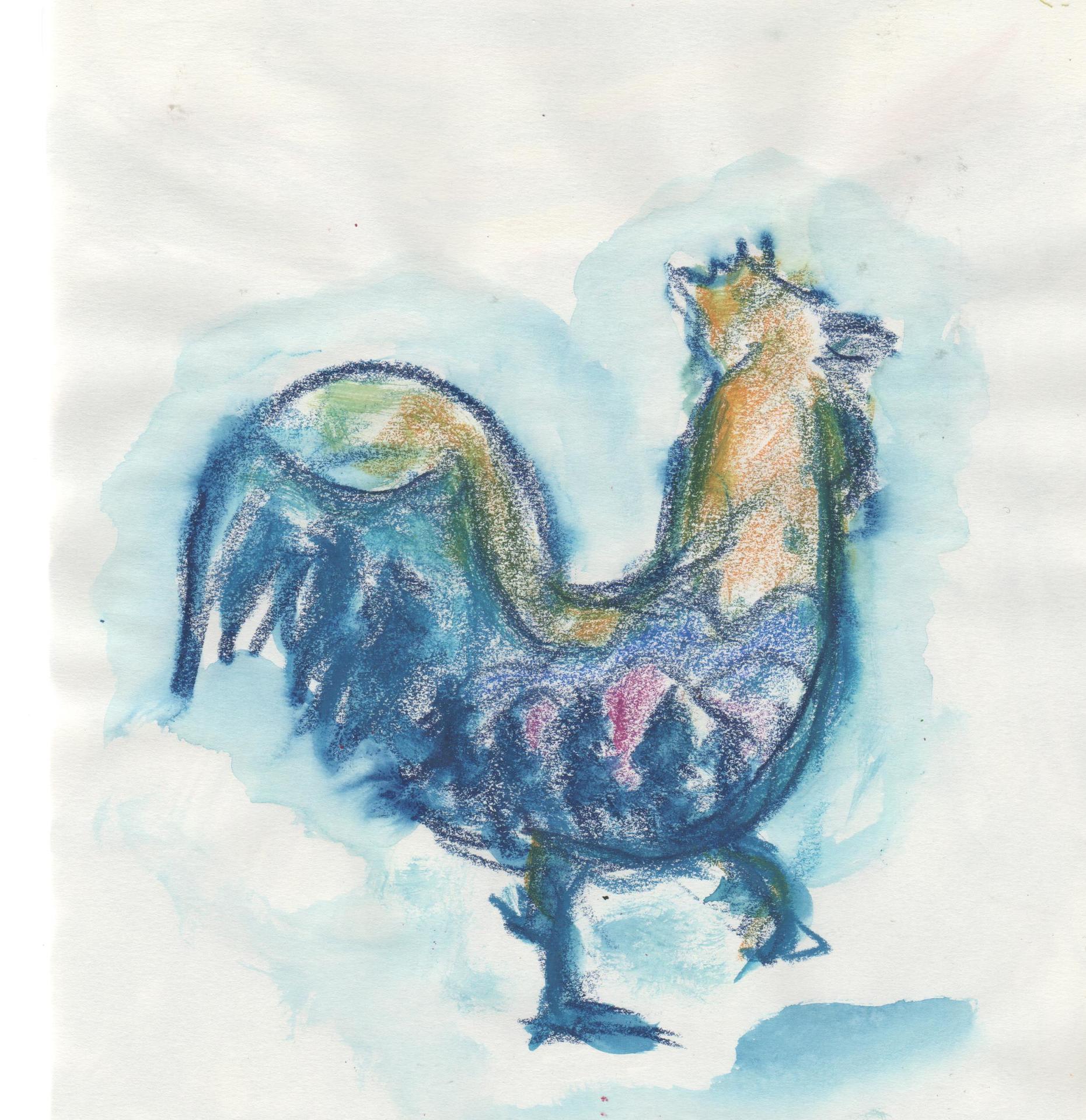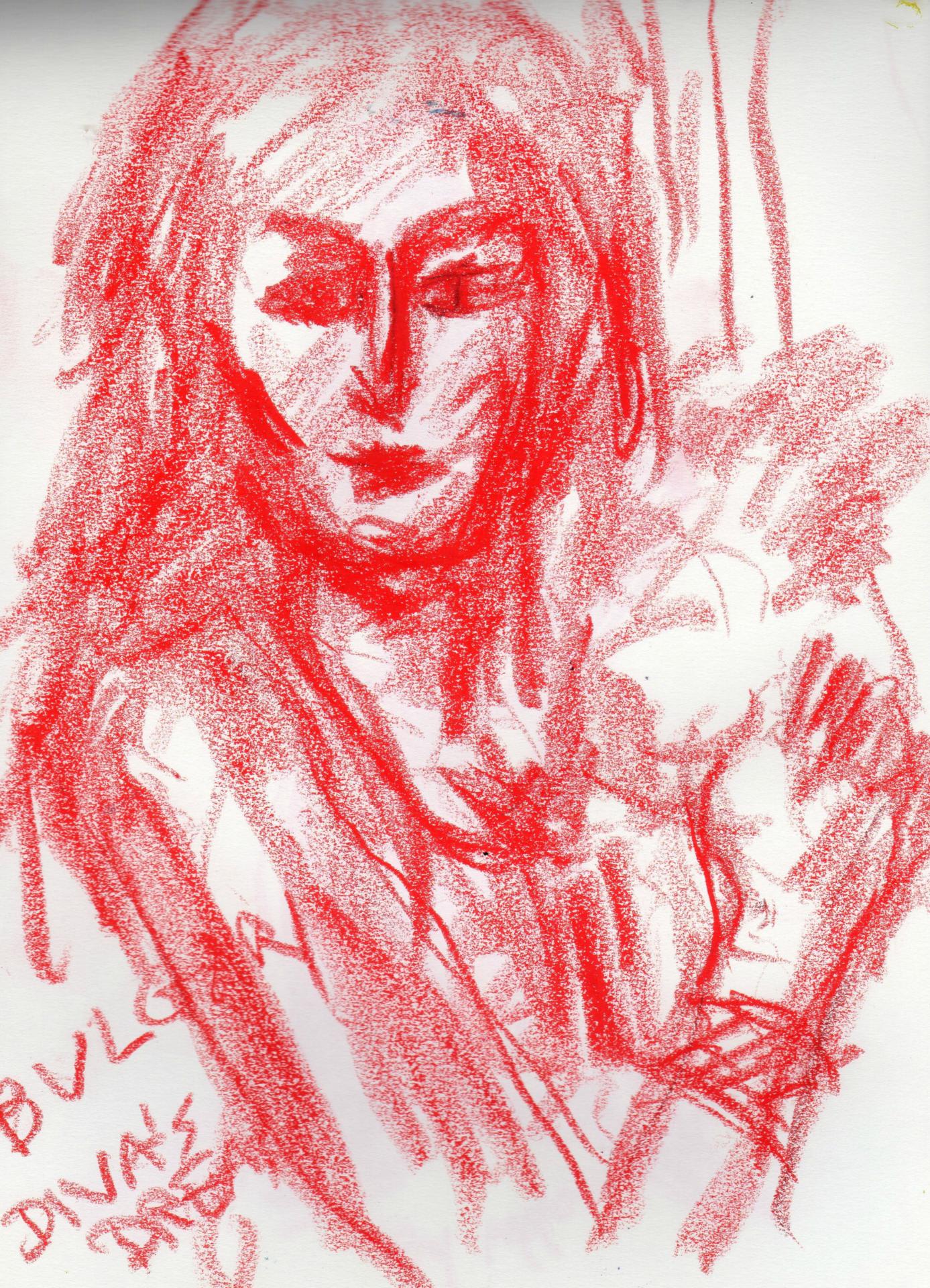朝日記170314 Hermann-Pillath VI (Literatures and Notes)

*本論の参考文献Literatures and Notes
*付録 理解のために参考になりそうな文献 Translater's Notes
*Literatures and Notes
1. Volkenstein, M.V. Entropy and Information; Birkhäuser: Basel, Boston, Berlin, 2009.
2. Brier, S. Cybersemiotics. Why Information Is Not Enough!; University of Toronto Press: London,
UK, 2008.
3. Maroney, O. Information processing and thermodynamic entropy. In The Stanford Encyclopedia
of Philosophy, Fall 2009 ed.; Edward, N. Zalta Ed.; The Metaphysics Research Lab Center for the
Study of Language and Information Stanford University: http://plato.stanford.edu/archives/
fall2009/entries/information-entropy/ (accessed on 3 January 2010).
4. Taborsky, E. The complex information process. Entropy 2000, 2, 81–97.
5. Landauer, R. Irreversibility and heat generation in the computing process (reprint). IBM J. Res.
Develop. 1961/2000, 4, 261–269.
6. Baeyer, H.C. von. Information. The New Language of Science; Harvard University Press:
Cambridge, MA and London, USA and UK, 2003.
7. Aunger, R. The Electric Meme. A New Theory of How We Think; Free Press: New York, NY,
USA, 2002.
8. Bunge, M. Ontology I: The furniture of the world. In Treatise on Basic Philosophy; Reidel:
Dordrecht, Netherland, 1977; Volume 3.
9. Schrödinger, E. What Is Life? The Physical Aspect of the Living Cell; Cambridge University
Press: Cambridge, UK, 1944.
10. Corning, P.A. Holistic Darwinism. Synergy, Cybernetics, and the Bioeconomics of Evolution;
Chicago University Press: London, UK, 2005.
Entropy 2010, 12
237
11. Ben Jacob, E.; Shapira, Y.; Tauber, A.I. Seeking the foundations of cognition in bacteria: from
schrödinger’s negative entropy to latent information. Physica A 2006, 359, 495–524.
12. Elitzur, A.C. When form outlasts its medium: a definition of life integrating platonism and
thermodynamics. In: Life as We Know It; Seckbach, J., Ed.; Kluwer Academic Publishers:
Dordrecht, Netherland, 2005; pp. 607–620.
13. Peirce, C.S. The Essential Peirce. Selected Philosophical Writings; Houser, N., Kloesel, C., Eds.;
Indiana University Press: Bloomington, IN, USA, 1992; Volume 1.
14. Vehkavaara, T. Why and how to naturalize semiotic concepts for biosemiotics. Sign Syst. Stud.
2002, 30, 293–313.
15. Emmeche, C. The chicken and the orphan egg: on the function of meaning and the meaning of
function. Sign Syst. Stud. 2002, 30, 15–32.
16. Jaynes, E.T. Gibbs vs. Boltzmann Entropies. Amer. J. Phys. 1965, 33, 391–398.
17. Searle, J.R. The Construction of Social Reality; Free Press: New York, NY, USA, 1995.
18. Salthe, S.N. Development and Evolution. Complexity and Change in Biology; MIT Press:
Cambridge MA and London, USA and UK, 1993.
19. Macdonald, G., Papineau, D., Eds. Teleosemantics. New Philosophical Essays; Oxford University
Press: Oxford, New York, NY, USA, 2006.
20. Seager, W.; Sean A.-H. Panpsychism. In The Stanford Encyclopedia of Philosophy; Edward, N.Z.,
Ed.; 2007; The Metaphysics Research Lab Center for the Study of Language and Information
Stanford University: http://plato.stanford.edu/archives/spr2007/entries/panpsychism/ (accessed on
12 August, 2008).
21. Burch, R.; Charles S. Peirce. In The Stanford Encyclopedia of Philosophy, Spring 2010 ed.;
Edward, N.Z., Ed.; 2010. The Metaphysics Research Lab Center for the Study of Language and
Information Stanford University: http://plato.stanford.edu/archives/spr2010/entries/peirce/
(accessed on 5 January, 2010).
22. Hayek, F.A. von The Sensory Order. An Inquiry into the Foundations of Theoretical Psychology;
University of Chicago Press: Chicago, IL, USA, 1952.
23. Georgescu-Roegen, N. The Entropy Law and the Economic Process; Harvard University Press:
Cambridge, MA, USA, 1971.
24. Ayres, R.U. Information, Entropy, and Progress. A New Evolutionary Paradigm; AIP Press: New
York, NY, USA, 1994.
25. Ayres, R.U.; Warr, B. Accounting for growth: the role of physical work. Struct. Change Econ.
Dyn. 2005, 16, 181–209.
26. Ruth, M. Insights from thermodynamics for the analysis of economic processes. In Nonequilibrium
Thermodynamics and the Production of Entropy. Life, Earth, and Beyond; Kleidon,
A., Lorenz, R., Eds.; Springer: Heidelberg, Germany, 2005; pp. 243–254.
27. Annila, A.; Salthe, S. Economies evolve by energy dispersal. Entropy 2009, 11, 606–633.
28. Floridi, L. Semantic Conceptions of information. In The Stanford Encyclopedia of Philosoph,
Spring 2007 ed.; Edward N.Z. Ed.; 2007. The Metaphysics Research Lab Center for the Study of
Language and Information Stanford University: http://plato.stanford.edu/archives/spr2007/
entries/information-semantic/ (accessed on1 March, 2009).
Entropy 2010, 12
238
29. Bub, J. Maxwell’s demon and the thermodynamics of computation. arXiv:quant-ph/0203017,
2002.
30. Bennett, C.H. Notes on landauer’s principle, reversible computation, and maxwell’s demon.
arXiv:physics/0210005, 2003.
31. Lloyd, S. Ultimate physical limits to computation. arXiv:quant-ph/9908043, 2000.
32. Lloyd, S. Computational capacity of the universe. arXiv:quant-ph/0110141, 2001.
33. Lloyd, S. Progamming the Universe. A Quantum Computer Scientist Takes on the Cosmos;
Knopf: New York, NY, USA, 2006.
34. Zeilinger, A. A foundational principle for quantum mechanics. Found. Phys. 1999, 29, 631–643.
35. Floridi, L. Information. In The Blackwell Guide to the Philosophy of Computing and Information;
Floridi, L., Ed.; Blackwell: Oxford, UK, 2003; pp. 40–61.
36. El-Hani, C.N.; Queiroz, J.; Emmeche, C. A semiotic analysis of the genetic information system.
Semiotica 2006, 160, 1–68.
37. Smith, J.M. The concept of information in biology. Phil. Sci. 2000, 67, 177–194.
38. Griffiths, P.E. Genetic information: A metaphor in search of a theory. Phil. Sci. 2001, 68,
394–412.
39. Rheinberger, H.-J.; Staffan, M.-W. Gene. In The Stanford Encyclopedia of Philosophy, Fall 2007
ed.; Edward N.Z. Ed.; The Metaphysics Research Lab Center for the Study of Language and
Information Stanford University: http://plato.stanford.edu/archives/fall2007/entries/gene/
(accessed on 3 June, 2008).
40. Küppers, B.-O. Der Ursprung biologischer Information. Zur Naturphilosophie der
Lebensentstehun; Piper: München, Zürich, 1986.
41. Hoffmeyer, J. The biology of signification. Perspect Biol.Med. 2000, 43, 252–268.
42. Oyama, S. Evolution’s Eye. A Systems View of the Biology-Culture Divide; Duke University
Press: Durham NC and London, USA and UK, 2000.
43. Oyama, S. The Ontogeny of Information. Developmental Systems and Evolution; Duke University
Press: Durham NC and London, USA and UK, 2001.
44. Dretske, F. Knowledge and the Flow of Information, Reprint ed.; CSLI Publications: Stanford,
CA, USA, 1981/1999.
45. Penrose, R. The Road to Reality. A Complete Guide to the Laws of the Universe; Knopf: New
York, NY, USA, 2006.
46. Jaynes, E.T. The second law as physical fact and as human inference; http://bayes.wustl.edu/etj/
articles/second.law.pdf/ (accessed 12 November 2009).
47. Gull, S.F. Some misconceptions about entropy; http://www.ucl.ac.uk/~ucesjph/ reality/
entropy/text.html/ (accessed on 3 December, 2009).
48. Laughlin, R.B. A Different Universe. Reinventing Physics From the Bottom Down; Basic Books:
New York, NY, USA, 2005.
49. Schaffer, J. The metaphysics of causation. The Stanford Encyclopedia of Philosophy, Winter 2007
ed.; Edward N.Z. Ed.; The Metaphysics Research Lab Center for the Study of Language and
Information Stanford University: http://plato.stanford.edu/archives/win2007/entries/causationmetaphysics/
(accessed on 3 March, 2008).
Entropy 2010, 12
239
50. Woodward, J. Making Things Happen. A Theory of Causal Explanation; Oxford Uiniversity
Press: Oxford, UK, 2003.
51. McLaughlin, B.; Bennett, K. Supervenience. The Stanford Encyclopedia of Philosophy, Fall 2006
ed.; Edward N.Z. Ed.; The Metaphysics Research Lab Center for the Study of Language and
Information Stanford University: http://plato.stanford.edu/archives/fall2006/entries/supervenience/
(accessed on 3 April, 2007).
52. Perlman, M. Changing the mission of theories of teleology: dos and don’ts for thinking about
function. In Functions in Biological and Artifical Worlds; Krohs, U., Kroes, P., Eds.; MIT Press:
Cambridge, MA, 2009; pp. 17–35.
53. Wright, L. Functions. Philos. Rev. 1973, 82, 139–168.
54. Smith, J.M.; Szathmáry, E. The Major Transitions in Evolution; Freeman: New York, NY, USA,
1995.
55. Stein, R. Towards a process philosophy of chemistry. HYLE–Int. J. Philos. Chem. 2004, 10, 5–22.
56. Vermaas, P.E. On unification: taking technological functions as objective (and biological
functions as subjective). In Functions in Biological and Artifical Worlds; Krohs, U., Kroes, P.,
Eds.; MIT Press: Cambridge, MA, USA, 2009; pp. 69–87.
57. Searle, J.R. The Construction of Social Reality; Free Press: New York, NY, USA, 1995.
58. Ziman, J., Ed. Technological Innovation as an Evolutionary Process; Cambridge University
Press: Cambridge, MA, USA, 2000.
59. Lewens, T. Innovation and population. In Functions in Biological and Artifical Worlds; Krohs,
Ul., Kroes, P., Eds.; MIT Press: Cambridge, MA, USA, 2009; pp. 243–257.
60. Campbell, D.T. Blind variation and selective retention in creative thought as in other knowledge
processes. In Evolutionary Epistemology, Rationality, and the Sociology of Knowledge;
Radnitzky, G., Bartley, W.W. III, Eds.; Open Court: La Salle, France, 1987/1960; pp. 91–114.
61. Edelman, G.M. Neural Darwinism. The Theory of Neuronal Group Selection; Basic Books: New
York, NY, USA, 1987.
62. Edelman, Gerald M. Second Nature. Brain Science and Human Knowledge. Yale University
Press: New Haven and London, 2006.
63. Macdonald, G.; Papineau, D. Introduction: Prospects and Problems for teleosemantics. In
Teleosemantics. New Philosophical Essays; Macdonald, G., Papineau, D, Eds.; Oxford University
Press: New York, NY, USA, 2006; pp. 1–22.
64. Ellis, G.F. On the nature of causation in complex systems. 2008; http://www.mth.uct.ac.za/
~ellis/Top-down%20Ellis.pdf/ (accessed on 24 January, 2010).
65. Popper, K.R. Objective Knowledge. An Evolutionary Approach; Oxford: Clarendon, UK, 1972.
66. Bradie, M.; Harms, W. Evolutionary Epistemology. In The Stanford Encyclopedia of Philosophy,
Fall 2006 ed.; Edward N.Z. Ed.; 2006; The Metaphysics Research Lab Center for the Study of
Language and Information Stanford University: http://plato.stanford.edu/archives/fall2006/entries/
epistemology-evolutionary/ (accessed on 24 July, 2008).
67. Hendry, R.F. Is There Downward Causation in Chemistry? In Philosophy of Chemistry. Synthesis
of a New Discipline; Baird, D., Scerri, E., McIntyre, L., Eds.; Springer: Dordrecht, Netherlands,
2006; pp. 173–190.
Entropy 2010, 12
240
68. Del Re, G. Ontological status of molecular structure. HYLE–Int. J. Philos. Chem. 1998, 4,
81–103.
69. Brakel, J.van. The nature of chemical substances. In Of Minds and Molecules. New Philosophical
Perspectives on Chemistry; Bhushan, N., Rosenfeld, S., Eds.; Oxford University Press: New
York, NY, USA, 2000; pp. 162–18.
70. Schummer, J. The chemical core of chemistry I: a conceptual approach. HYLE–Int. J. Philos.
Chem. 1998, 4, 129–162.
71. Dewar, R.C. Maximum entropy production as an inference algorithm that rranslates physical
assumptions into macroscopic predictions: don’ shoot the messenger. Entropy 2009, 11, 931–944.
72. Dewar, R.C. Maximum-entropy production and non-equilibrium statistical mechanics. In Nonequilibrium
Thermodynamics and the Production of Entropy. Life, Earth, and Beyond; Kleidon,
A., Lorenz, R., Eds.; Springer: Heidelberg, Germany, 2005; pp. 41–55.
73. Kleidon, A., Lorenz R., Eds. Non-equilibrium Thermodynamics and the Production of Entropy.
Life, Earth, and Beyond; Springer: Heidelberg, Germany 2005.
74. Kleidon, A. Non-equilibrium thermodynamics and maximum entropy production in the earth
system: applications and implications. Naturwissenschaften 2009, 96, 653–677.















 Sakura at Waterfront
Sakura at Waterfront (Window view)
(Window view)





















